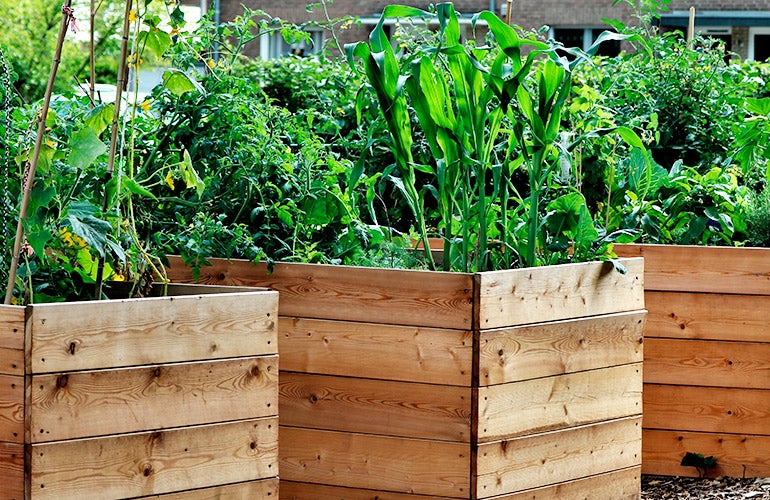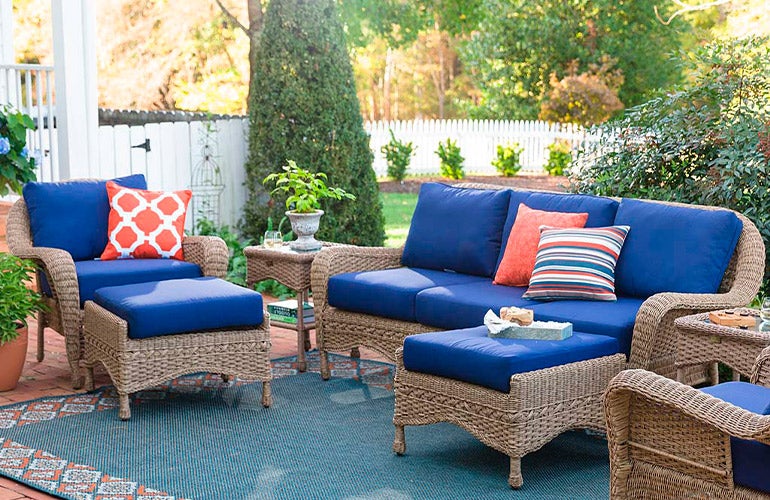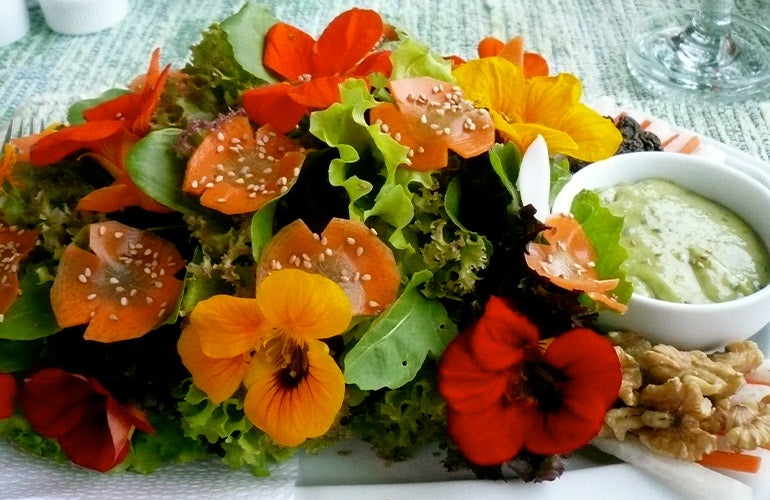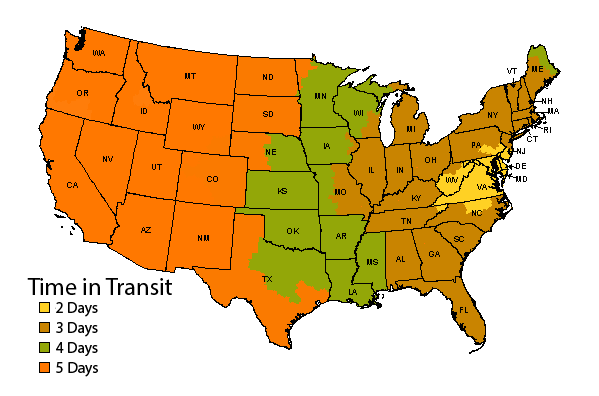
Delivery time estimates do not apply to personalized, large or heavy items (over 20lbs.) that require special shipping, items shipped directly from the manufacturer, or out-of-stock items.
Delivery estimates only apply to the contiguous United States. Saturday, Sunday and national holidays are not considered business days for these estimated transit days.
The Happy Hydrangea – A No-Fuss Flower
Known for their leafy foliage and big, beautiful blooms, hydrangeas are a fan favorite the world over. There are over 75 species of hydrangea shrubs with blooms coming in a rainbow of pretty colors, including white, blue, pink, maroon, red, purple and pale green. The fluffy, vibrant flowers make them versatile in so many ways, for use in bouquets, centerpieces, wreaths, dried arrangements and more.

First cultivated in Japan, hydrangeas are a deciduous shrub that can grow up to 15 ft. depending upon variety. They do well with partial sun exposure in any type of soil, with the soil pH influencing the bloom color. If the soil is acidic the blooms will be blue, if it’s alkaline the blooms will be pink.
Plant them in fall or early spring to ensure they have time to establish a healthy root system. They are rapid growers, averaging two feet or more of growth per year, and bloom mid-summer through the fall – thriving in sandy coastal soils, shady woodland areas and almost anywhere in between.
Growing A Happy Hydrangea
According to USDA hardiness zones hydrangeas can grow in zones 3 to 9 if planted in well-draining soil with plenty of organic matter. They prefer partial shade, early morning sun and a sheltered location where it’s cooler in the afternoon. Hydrangeas do love water and need it regularly, like two or three times every week during the growing season unless you get significant rainfall. They also enjoy moderate to high humidity – dry climates can cause their leaves to brown and become dry.
Grow hydrangeas in soil rich with nutrients. For the most fertile soil spread a layer of compost around the plant or apply a fertilizer for flowering shrubs. To change a plant that was pink last year into a blue bloom this year, try adding coffee grounds into the soil as this changes the soil acidity and effects the color of the flowers.
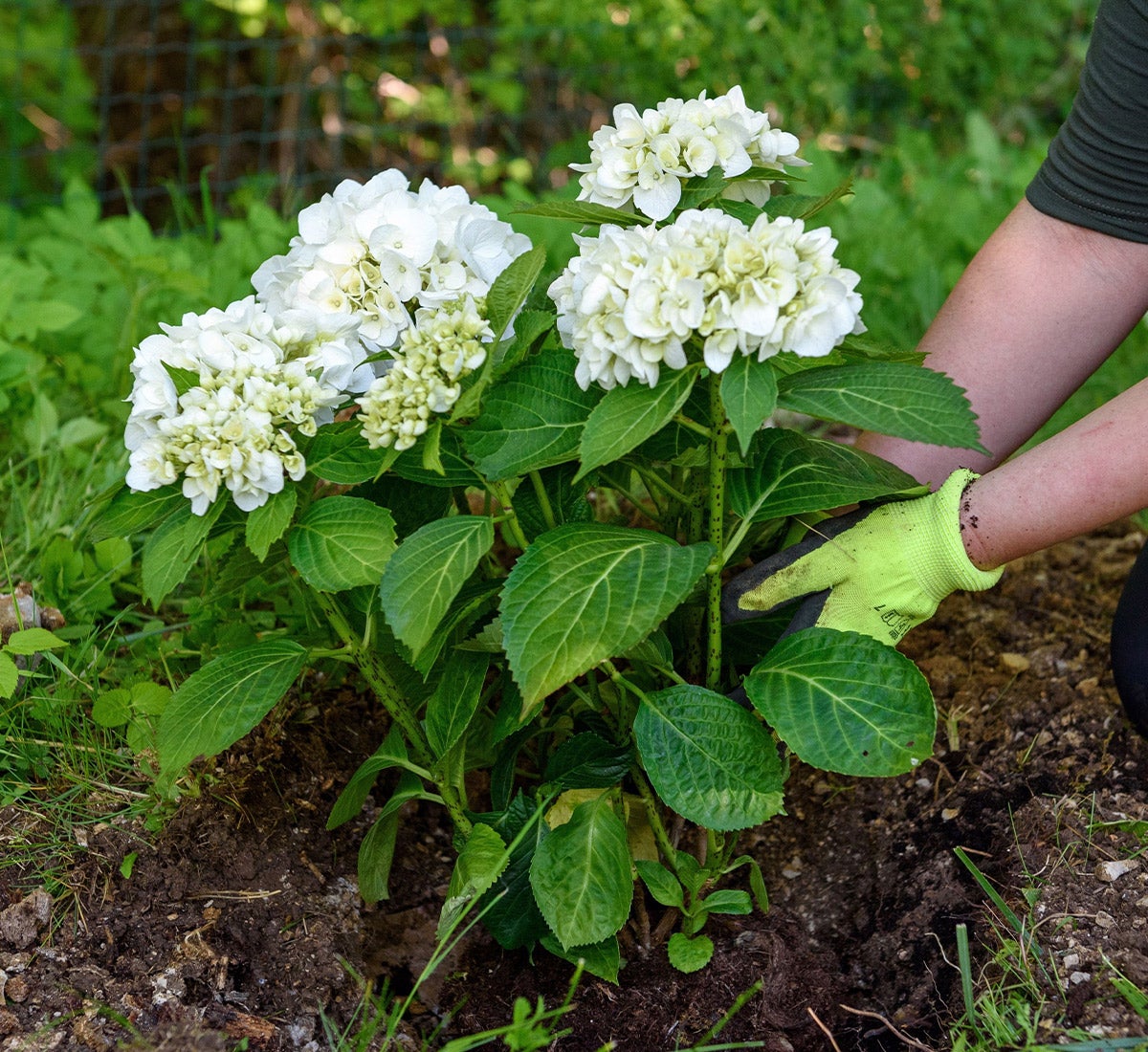
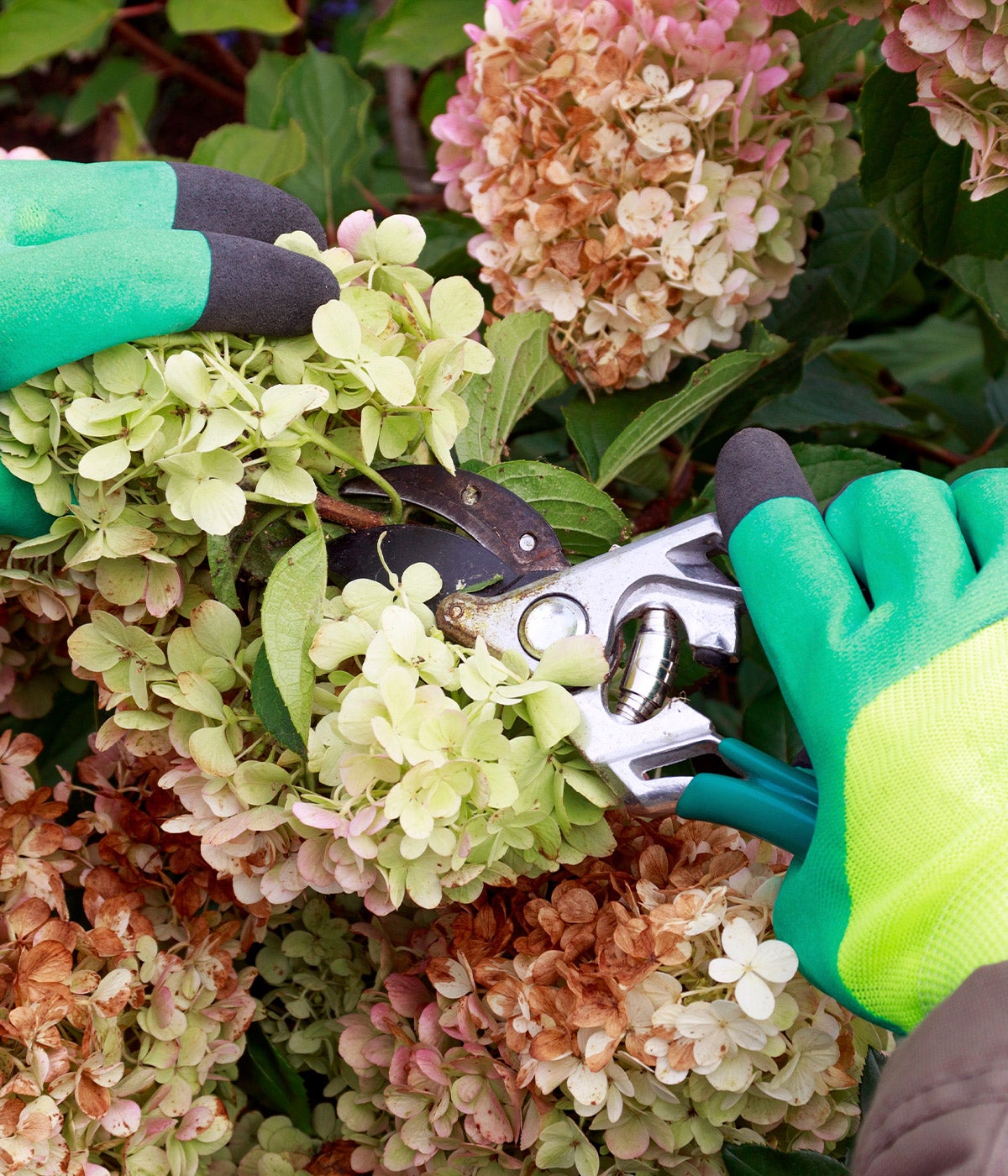
Handling Hydrangea Challenges
Although there are over 75 species, only 6 major varieties are growing in American gardens. These include big leaf, smooth, panicle, oakleaf, climbing and mountain. Each requires a different type of soil, sunlight and blooming time. Check what type of hydrangea you have, or want to grow, so you know how to care for it correctly and when to prune it.
When growing hydrangeas the most typical challenges include no blooms, wilting or yellowing leaves and brown leaf tips or edges. Hydrangeas might not bloom every season for a variety of reasons, such as overfertilization or damage to buds during unexpected cold spells. Drooping leaves can be a sign that the plant needs water, so keep it consistently moist or give it a deep watering. Yellowing leaves suggest a plant is over- or under-watered or overfertilized. So, saturate the roots if it’s too dry or overfertilized, and dry out the roots if you think too much water is the culprit.
Brown leaf tips occur if roots have been burned by overfertilization or if too much aluminum sulfate or acidity is in the soil to change the color of the blooms. If this occurs, flush soil with water to remove the excess salts and fertilizers and let it dry out before watering again; stop fertilizing until plant is healthy.
Building Beautiful Arrangements
Because of their large, fluffy blooms hydrangeas make great bouquets, centerpieces and wreaths. Their big blooms fill up a lot of space and can easily be arranged without much skill. To build your own hydrangea arrangement, start by choosing a vase or any low vessel that holds water. Use florist foam or a piece of chicken wire and place it in the base. Chicken wire is a sustainable choice as it can be reused.
Trim stems to short, medium and long lengths, leaving a few extra-long ones. Place the shortest stems around the vase’s rim and shape your arrangement with the medium stems, placing longest stems in last. You can go crazy with color and mix up hues for a festive look or keep it more reserved by using just one color. For a natural look, keep some leaves and foliage on the stems.
If you see a flower that’s wilting take it out of the arrangement, so it won’t affect the other blooms. Mist petals every so often to give them a drink and keep them fresh. If you have a withered bloom, try turning it over, submerging it, retrimming the stem, and then putting it in clean water so it can perk back up.
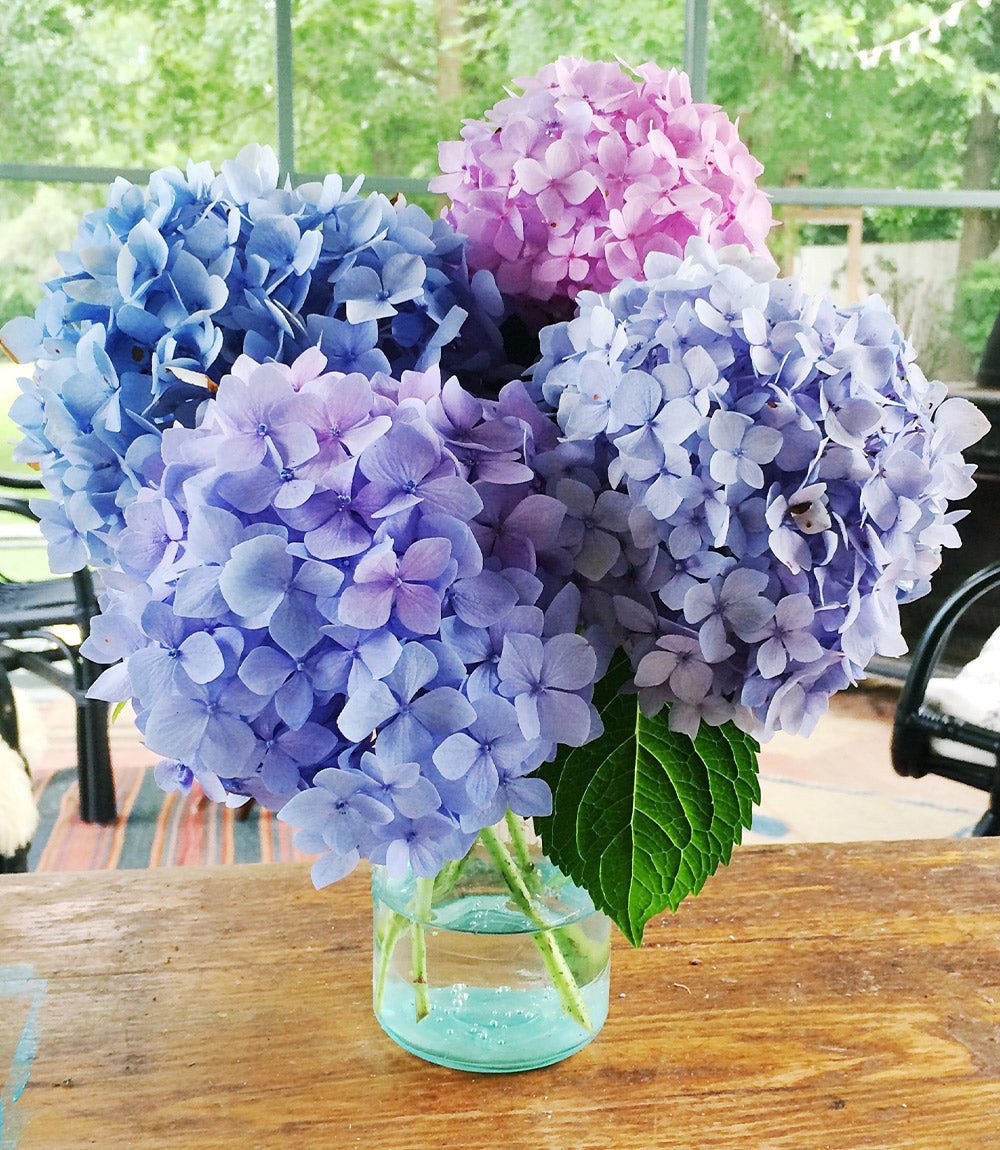
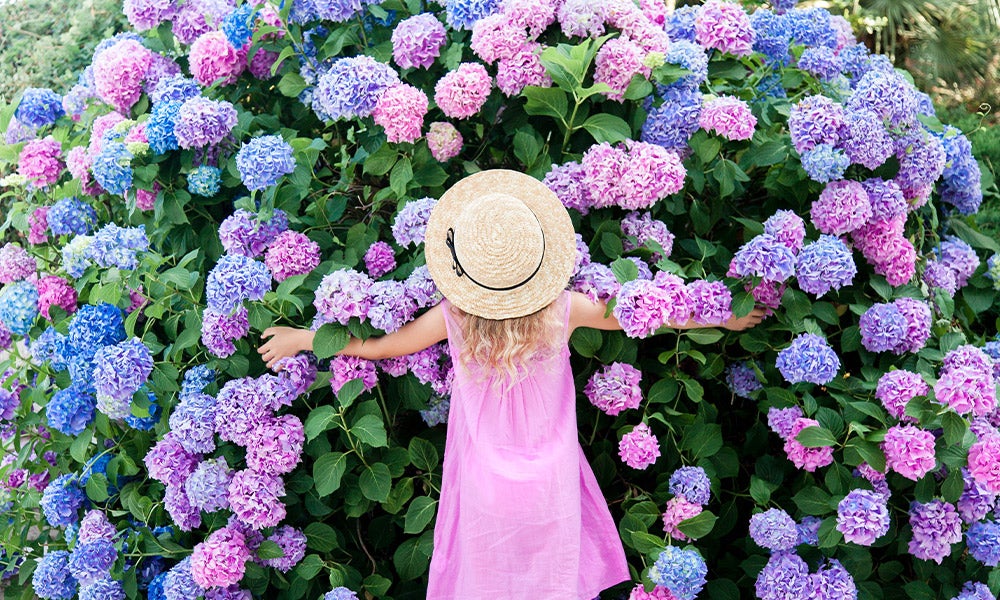
A Powerful Punch For Your Garden
So many people love this plant there’s actually a day dedicated to it – January 5 is Hydrangea Day! Grown and beloved worldwide, it’s easy to see why this plant is so popular with its lasting blooms, months of splendid color and the ability to thrive in a range of zones. It’s a no-muss, no-fuss flower that brings happiness and joy to any garden or home.
Want instant hydrangea joy?
Decorate quickly with some happy hydrangeas today





